As I gear up for the start of my 35th year in this business, I’ve taken what I think is the longest amount of time off in a row that I’ve ever done, beginning four workdays prior to Christmas weekend and continuing through to after New Year’s. This isn’t any hardship from a time point of view, i wind up losing a ton of vacation days every year as I seldom take them .But it does mean that after a few weeks of being generally lazy and doing virtually nothing, I’m not highly motivated to jam out this Newsletter this week. We’ll see if that results in a shorter entry than usual or not as we go—once I get some momentum going here, it will likely be easier to keep things rolling. Anyway, a Happy New Year to everyone, and batten down the hatches for 2024. From what I can tell, it’s going to be a hell of a bumpy year.
I did take some time across these past few weeks to contribute to a couple of different podcasts, so you’ll see those episodes start to trickle out over the next week or two. One of them is available to listen to already, this one with Comic Shenanigans where we talked even further about stuff I worked on back in the 1990s primarily. It’s the follow-up to a previous interview that went live earlier in the month. So if this is a subject that interests you, or the melodious sound of my voice just helps to put you to sleep, you can easily locate another chunk of material over there by scrolling back some.
Let’s hit the phones:
Jeff Ryan
Who's the comics talent you've worked with the most/longest but never actually met in person? It's commonplace with remote workers now, but remote work has been dominant for decades in comics.
That’s a really good answer, Jeff, and I’m not certain that I have an answer. My guess is that it’s somebody like MOON KNIGHT artist Alessandro Cappuccio, whom I missed when he was in town this past October for NYCC. Ivan Fiorelli, same thing. But with most of the folks that I work with, eventually our paths tend to cross at shows and the like.
Zach Rabiroff
One of the casualties in the modern era of contained story arcs and limited series is the long-simmering, nigh-endless subplot: the drumbeat beneath every ongoing series, passed from writer to writer, and turned into high art by Levitz and Claremont. Obviously, there are solid reasons (both literary and economic) for eschewing this kind of endless soap opera in favor of discrete, easily-collected arcs. But at the same time, the absence of that illusory continuity takes away a key selling point for readers to keep buying a book even if a particular story or creative team doesn't appeal to them.
So I wonder: do you, as an editor, think there's room to (re)integrate this sort of thing into the modern comics market? Or is it a notion whose time went out with newsstand sales and the Comics Code?
I suspect that the overall demise of the years-long run has been the real factor that’s eliminated such plotlines, Zach. There simply isn’t the sort of expectation on the part of most of our writers that they’re going to be in the chair on their series for a long, unending time, so writers are more likely to get down to it rather than laying breadcrumbs that may wind up going nowhere. And that’s the right instinct to follow, I suspect, for all that I liked subplots of that nature back in the day. And certainly, the ethos has definitely shifted away from the incumbent creative team picking up the storylines and specifics of the outgoing team in the manner of years past. Oh, it happens from time to time—Gerry Duggan, for example, built on matters laid down by Chris Cantwell on INVINCIBLE IRON MAN. But the whole reason that a new team is being brought onto a book is to do something different, so there’s less of an urge to maintain such plotlines going forward. And I think it’s going to mostly be a matter of personal taste and preference going forward. Certainly I’m going into the new X-Line with the intention that we’ll set a bunch of stuff up and play it out over an unspecified amount of time, and if somebody needed to be swapped out on a book there, I would expect that the larger situation would still maintain itself. But we’ll see how that goes in practice. If we had to make a creative change on, say, X-FORCE for some reason, it may well be that the most important objective would be doing something different and capturing as wide an audience as possible, and that may not leave a whole lot of room for any holdover situations.
Kyle Evans
I recently read the Dazzler: The Movie graphic novel and I couldn't find much regarding its history or why editor-in-chief Jim Shooter was the writer. Was the idea that it would boost the main Dazzler book's sales? Always seemed sort of odd to me that Shooter not only wrote this but a handful of issues of the main Dazzler title.
I just reread those issues as well, Kyle, and I don’t know what specifically motivated Jim to do that graphic novel and those issues. (Well, it’s pretty clear that he did the issues to introduce some of the characters he intended to feature in the graphic novel.) DAZZLER was a troubled series at that point—it had been reduced to a bimonthly release schedule, a sure sign of trouble. So potentially this was Jim attempting to right the ship by laying out a story and a direction that he thought would bring more readers to the book. I have been told that the graphic novel was a tough build, with Jim micro-managing large portions of the editorial process in order to achieve exactly the result he wanted. Even years later, most of those involved editorially had little good to say about that experience.
Clive Reston
Let's say some super-wealthy person gets in touch with Marvel's custom publishing division and says they want to fund a passion project - not their passion project, but yours. A book, a miniseries, a single issue: something that you would really enjoy seeing Marvel publish but that wouldn't otherwise have a prayer of being commercially viable. What might it be?
I don’t really have any idea sitting here, Clive. That doesn’t tend to be the way I think about things. When I’m brainstorming a project, be it an ongoing title or a more limited project, I’m always looking to put together a package that can succeed financially. So stuff that wouldn’t doesn’t tend to get a whole lot of thought out of me. And at this point, I’ve been around long enough to have touched pretty much everything I might have wished to from a purely fan perspective in one way or another. So short of publishing something that Marvel doesn’t have the rights to or some such, I’m a bit stuck on your question.
Taimur Dar
One consequence of AXIS that still remains is the revelation that Quicksilver and Scarlet Witch are not in fact mutants as well as not the children of Magneto. While it's still weird for me to get used to, totally understand the editorial decision and reasoning. Curious how long this Wanda/Pietro retcon was in the works and if it was always part of Remender's story plans for AXIS?
It had been talked about prior to AXIS of course, Taimur, though not for all that long. Being aware of that, Rick folded the idea into his plans, both for AXIS and then UNCANNY AVENGERS beyond it. So it wasn’t his idea initially, but he took it on board and worked out how to implement and execute it in a way that made sense to him, and setting it up in AXIS was a good way to get a whole lot of eyes on it and potentially carry them back to UNCANNY AVENGERS.
Behind the Curtain
A quick bit of nonsense that got worked up at around the time the “One More Day”
storyline was being prepared in the Spider-Man titles. This “No-Marriage”, based on the classic No=Prize, only existed digitally and wasn’t sent out to anybody for real—it was simply circulated internally as a joke on some slow day. And it’s not the only alternate No-Prize that I ever had put together, either. While I was trying to woo author Michael Chabon into writing FANTASTIC FOUR, I once sent him a “No-Pulitzer” similar to the above, again as a bit of a gag.
Pimp My Wednesday
Coming at you at the start of the new year!
This is an especially fun, especially creepy cover from Alex Ross. But I’ll let you in on a little secret: originally, it was supposed to carry word balloons and cover copy. But there was a bit of a mix-up in the piece’s creation. Based on Ryan North’s suggestion, that inset image in the lower right was meant to be Princess Masters-Grimm, the dog that Ben adopted a few issues earlier. Somehow, though, Alex read it as Alicia when he did his sketch, and neither myself nor my editorial team noticed the mistake. So when it came time to put the finished cover together, the inset panel didn’t make any sense and couldn’t easily be reworked for Alicia—and the image itself was so strong, I opted to leave all of the assorted word balloons out. They would have wound up covering a ton of the art in any case. Anyway, this is the second part of the story begun last month in which the Fantastic Four return to New York where their Baxter Building headquarters, the surrounding city block and all of the people contained within, including their children, are meant to reappear after having skipped forward in time a year. The artwork is provided by Ivan Fiorelli. who I missed seeing at NYCC even though I swung by his table—he had stepped away for one reason or another.
And speaking of covers, take a good look at the image above of the wonderful David Finch cover to the first issue of VENGEANCE OF THE MOON KNIGHT, because the printed copies that I saw before the holidays printed like crap, and so the image has become dark and muddy and awful. It’s an occupational hazard, and one that we try to correct for, but some days the bear eats you. Fortunately, the insides by Jed MacKay and Alessandro Cappuccio printed nicely, so you’ll be able to see what goes on with the Midnight Mission now that Marc Spector has beathed his last.
And Associate Editor Annalise Bissa is dropping the fourth and final issue of MARVEL ZOMBIES: BLACK, WHITE AND BLOOD which features a lead-off story both written and drawn by CLOBBERIN’ TIME’s Steve Skroce, a Punisher tale by Stephanie Phillips and Danny Earls, and a Shanna-helmed story edited by Assistant Editor Martin Biro, written by Mary SanGiovanni and drawn by Stefano Landini. It’s all gruesome and fun and outrageous as you’d expect. And that cover by Kyle Hotz is pretty strong, too.
And in the digital space, AVENGERS UNITED rocks on, as Derek Landy is joined by Lee Ferguson for the thirteenth part of a 25-chapter epic. So just over the halfway mark here, with more to come!
A Comic Book On Sale 70 Years Ago Today, December 31, 1953
In 1953, there was no hotter fad in the field of comic books than 3-D comics. Similar to the technique used to screen 3-D movies, 3-D comics depended upon being viewed through a special set of glasses, with a red cellophane lens on the left eye and a blue or green cellophane lens on the right. The book wasn’t printed in full color, but instead, each image was printed twice on every page, once in blue and once in red, with different elements of the image positioned separately. When these pages were viewed through the glasses, the offset nature of the images gave them a three-dimensional quality, as though they were protruding straight out of the book. In order to cover the costs of the cardboard glasses which had to be inserted into every copy, to say nothing of the additional work needed to make each page work correctly in 3-D, publishers charged a quarter for a copy. This was while the regular price for a comic book was a dime. This fad ran its course in about a year. Publishers who were able to get 3-D books to market at the very start made a huge killing, but by the end, lots of outfits lost tons of cash on 3-D books that glutted the marketplace and whose gimmick had become old hat. That said, because the 3-D technology had been trademarked, it wasn’t available to all publishers, and so some other clever folks tried to get onto the bandwagon with their own ersatz version of the technique. One of those publishers was Lev Gleason, whose outfit had originated the extremely popular series CRIME DOES NOT PAY, which kicked off a gold rush for lurid and violent crime comics. For the time, Gleason was a generous publisher who shared his earnings with his editors and talent. But he wasn’t able to secure the rights to produce genuine 3-D comics. What he and his crew did instead was pretty wild. They developed what they called Deep Dimension, an attempt to make their books mimic some of the strengths of 3-D without the need for glasses. As in this issue of CRIME AND PUNISHMENT, Gleason’s other CRIME title, they produced all of the artwork on craftint paper. This was a special type of board that had textures imprinted within it that could be brought out with the application of a special solution. They also bowed the outer panel edges of each page top and bottom and on either side, to attempt to create greater depth. And, of course, these stories were all printed in color, rather than the two-color 3-D books. The result didn’t really approximate 3-D, and it didn’t last for long—it was a game try, but not enough to separate enough readers from their dimes. This particular issue, CRIME AND PUNISHMENT #66, is noteworthy in that all of the stories in this issue were drawn by the great Alex Toth, a master of minimalism and a design genius who would later create the look of Space Ghost and design the Super Friends for animation. It doesn’t quite emulate the 3-D process, but this is one of the best-looking comic books of its era. Just take a look at this sample page.
A Comic I Worked On That Came Out On This Date
The first issue of S.H.I.E.L.D. went on sale December 31, 2014 and was definitely inspired by the AGENTS OF SHIELD television series that was being aired weekly on ABC. There was a desire to bring some of the new characters introduced in the show into the mainstream Marvel Universe proper, and also to do something that would capitalize on the fact that the TV series was actively running. I reached out to Mark Waid about writing it, and we decided to go about doing so in the most difficult manner possible. Rather than having a single artist take up residence on the book, we instead opted to feature a different artist every issue. This meant that most stories were single-parters (with an occasional two-parter thrown in) and guest-starring a wide variety of heroes and villains from across the Marvel Universe, whomever appealed the most to Mark and whomever the special guest artist for that issue would be. We got some great, fun stories out of this, even though our schedule was nail-biting on virtually every issue—we tended to look for strong stylists, and wound up with folks who put in enough effort that they would typically run us right up against the deadline, and often beyond. But that’s part of what made the book what it was, and why it was so fun. Mark found his hook into lead character Phil Coulson by making him a super hero fan who had kept lists of facts about his costumed heroes when he was young, much in the manner that Mark himself had. The first issue was drawn by Carlos Pacheco, as I needed a big, established name to start the series out and establish us in the marketplace. Accordingly, while Carlos did his usual excellent job, he had a bit less of an impact on the specific story as later artists would. Later artists included Humberto Ramos, Alan Davis, Chris Sprouse, Mike Choi, Greg Smallwood, Howard Chaykin and others. Covers throughout were provided by the very talented Julian Totino Tedesco, who produced pieces that ranged from being dramatic and electrifying to being clever and whimsical, depending on the subject matter of the issue. We also found an opportunity to celebrate S.H.I.E.L.D.’s 50th Anniversary by repurposing the two sample pages that Jack Kirby had done up showcasing his concept for what became the Nick Fury, Agent of SHIELD series, which were later inked by Jim Steranko as part of his audition to take over the strip. So this is a book that I think has fallen under the radar in the intervening years, but each one of the twelve issues we did is worth seeking out—it’s a pretty great run throughout.
Chasing the Dragon
It is contentious as hell to talk about at this point given some of the baffling and offensive opinions held and voiced by its creator, but in the mid-1980s there was no comic book series that got under my skin the same way that CEREBUS did. For those unaware, CEREBUS started out as an extended funny animal parody of the very popular Barry Windsor-Smith issues of CONAN THE BARBARIAN. But as he got deeper into the work, Sim changed direction, transforming his barbarian Earth-Pig hero into a candidate for office, then the Prime Minister, then the Pope, and thereafter a resistance figurehead. It stopped being about the parody notion of the week and instead focused on the socio-economic and political landscape of the fictional world of Estarcion. I came in with issue #77, seen above, which was a terrible place to hop on, as the entire issue is a virtually wordless dream sequence at the end of which Cerebus wakes up, spends several pages relieving himself, and then goes back to bed. Not exactly heart-stopping stuff. But it was a great showcase for Dave Sim and his partner Gerhard (who contributed the backgrounds and environments to the strip) to show off their visual chops. And delving backwards even a little bit began to reveal the contours of a storyline that was much more grand and complex than anything I had experienced in the mainstream up to that point, and also more personally affecting. Plus, it was often funny as hell. Over the course of the series, Sim’s talent had grown from a barely-functioning Barry Windsor-Smith imitator to one of the most adept cartoonists practicing. His lettering was in a class by itself, and his storytelling was masterful, even when he was vamping (which was much more often than it seemed.) Sim also invented “writing for the trade”, at a time when collected editions weren’t really a thing yet. So the pacing on his stories was markedly different from anything else, meant to be consumed (apart from the initial one, which had been structured as typical shorter stories of a chapter or two) in massive 500-page “phonebooks” that reprinted them collected. The consensus is that his best volume was HIGH SOCIETY, which ran from issues #26-50, and I wouldn’t necessarily argue with that assessment. However, I came in with CHURCH AND STATE, which was twice as long, occupying #52-111 and collected in two volumes, and I think it’s still pretty great. As is JAKA’S STORY, which filled #114-136. From there, things get dicey. Myself, I really liked the strip up through issue #200 and the conclusion of the large MOTHERS & DAUGHTERS story. But this is the point at which Sim began to express his antediluvian opinions about women, and a good portion of his audience (which had always had strong female support) abandoned him. Early on, Sim had declared that his master plan was to produce 300 issues of CEREBUS which would tell all of the events of the character’s life, and having made the commitment through #200, I stuck around dutifully all the way to the end, even though each successive storyline made it progressively more and more difficult to do so. While the artwork grew steadily more accomplished, the writing began to reflect Sim’s new religious outlook, with a stack of them towards the end being little more than a strange analysis of the Torah. Again, hardly heart-stopping stuff. true to his word, Sim completed issue #300, which ended with the death of the title character, in 2003. Since then, he produced a short project or two, but recent medical difficulties with his wrist have made it almost impossible for him to draw anymore. I do a full reread of the series every so often, and while the later stories do read far better in a single sitting than they did serially, they still become something of a challenge to get through. But the whole thing is a genuine comics achievement that has seldom been equaled, and it’s something of a shame that the book has largely been forgotten and overlooked. Depending on who you are and what your background is, there’s definitely something here that will appeal to you—just be aware that the further in you go, the more rarified that air becomes. Any and all portions of the run can be downloaded at Cerebus Downloads. com. a site that Sim maintains for just this purpose.
Monofocus
The big thing I watched this past week, of course, was the DOCTOR WHO Christmas Special, which introduced both Ncuti Gatwa in the lead role and Millie Gibson as his new companion Ruby Sunday. But I don’t need to bore you with a play-by-play here, as I’ve already written up my thoughts over at my blog.
I also sampled the first episode of BERLIN on Netflix, the prequel series to MONEY HEIST/LA CASA DE PAPEL. And based on only one episode, it’s all right, though not yet operating at the same explosive and nail-biting level as the original show. It does complete the lead character’s transformation from cold-hearted psychopath to suave romantic lead, which seems unbelievable if you only watched the first season or two of HEIST. And it brings in a completely new heist crew to pull off a big job, all of whose destinies are unknown to the viewer. So while Berlin himself is indestructible in this show, nobody else is. That said, without the Professor and without the underlying theme of underdogs taking on powerful and corrupt institutions and toppling them, the show doesn’t quite have the same snap—I can like the new gang just fine, but they don’t seem to have any greater purpose than getting rich and behaving narcissistically. And so it’s a lot tougher to get on board with their struggles to get away with the goods somehow. Hopefully, the show will make this all work a bit better as it goes along. And Pedro Alonso continues to shine in the lead role.
I’ve also been reading COMIC BOOK PUNKS by Karl Stock which charts the British invasion of comic books and how many of those creators from across the pond had a transformative effect both on the business and on popular culture as a whole. It’s been pretty good so far—I’ve read a number of volumes concerning the British comic book scene and its history, but its an area where my firsthand knowledge is lacking, so getting insights into what was going on and the manner in which one series led to another or world events impacted on what was being published when is always fascinating to absorb for me.
Posted at TomBrevoort.com
Yesterday, I shared Rob Liefeld’s outline notes for the Heroes Reborn AVENGERS.
And five years ago, I listed the FIVE BEST COMIC BOOKS OF 1976.
As I said at the outset, have yourself a great New Year’s—but let’s avoid drinking and driving and make sure that everybody gets home safe, yeah? See you next year!
Hat’s All, Folks!
Tom B





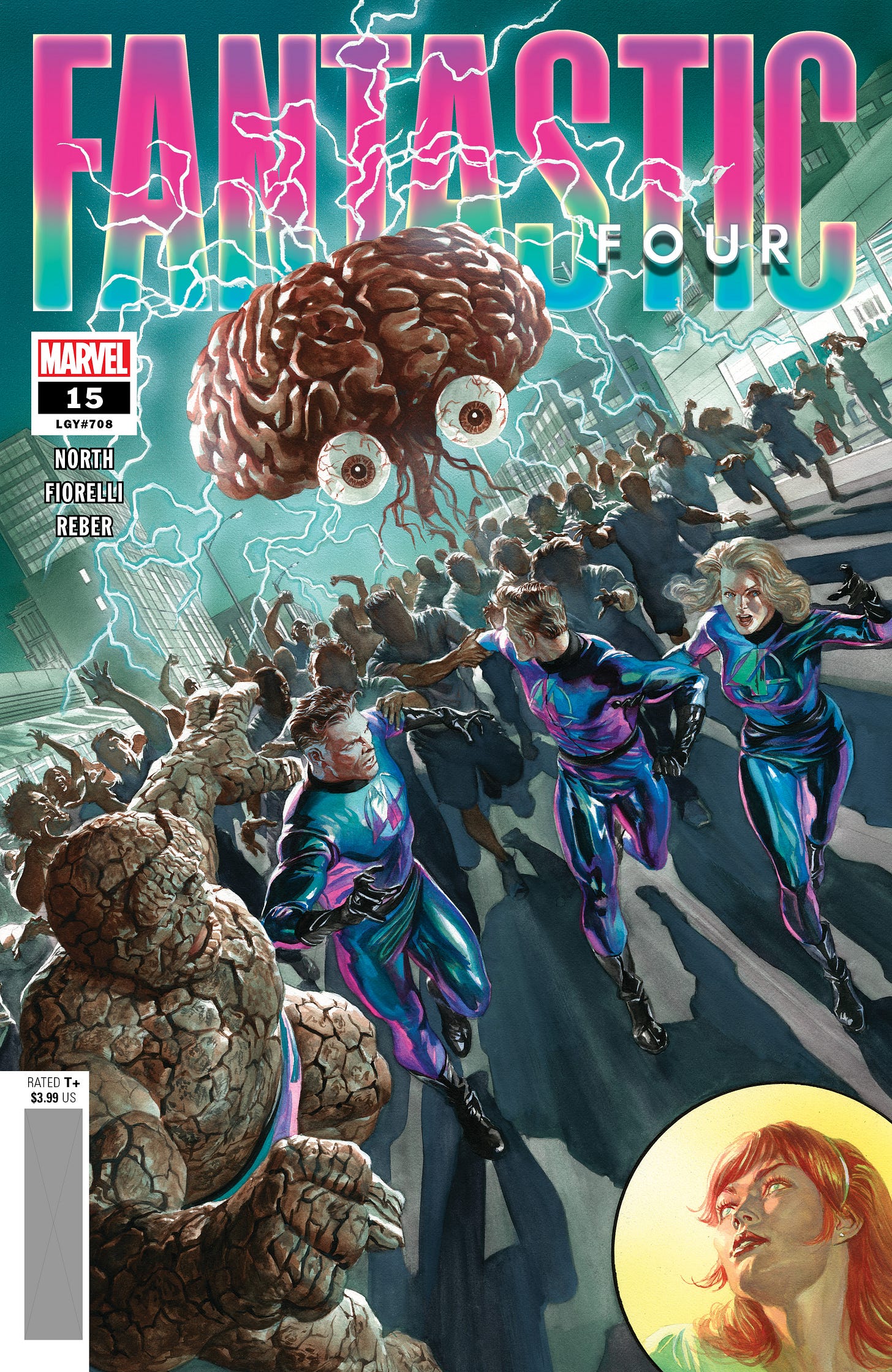
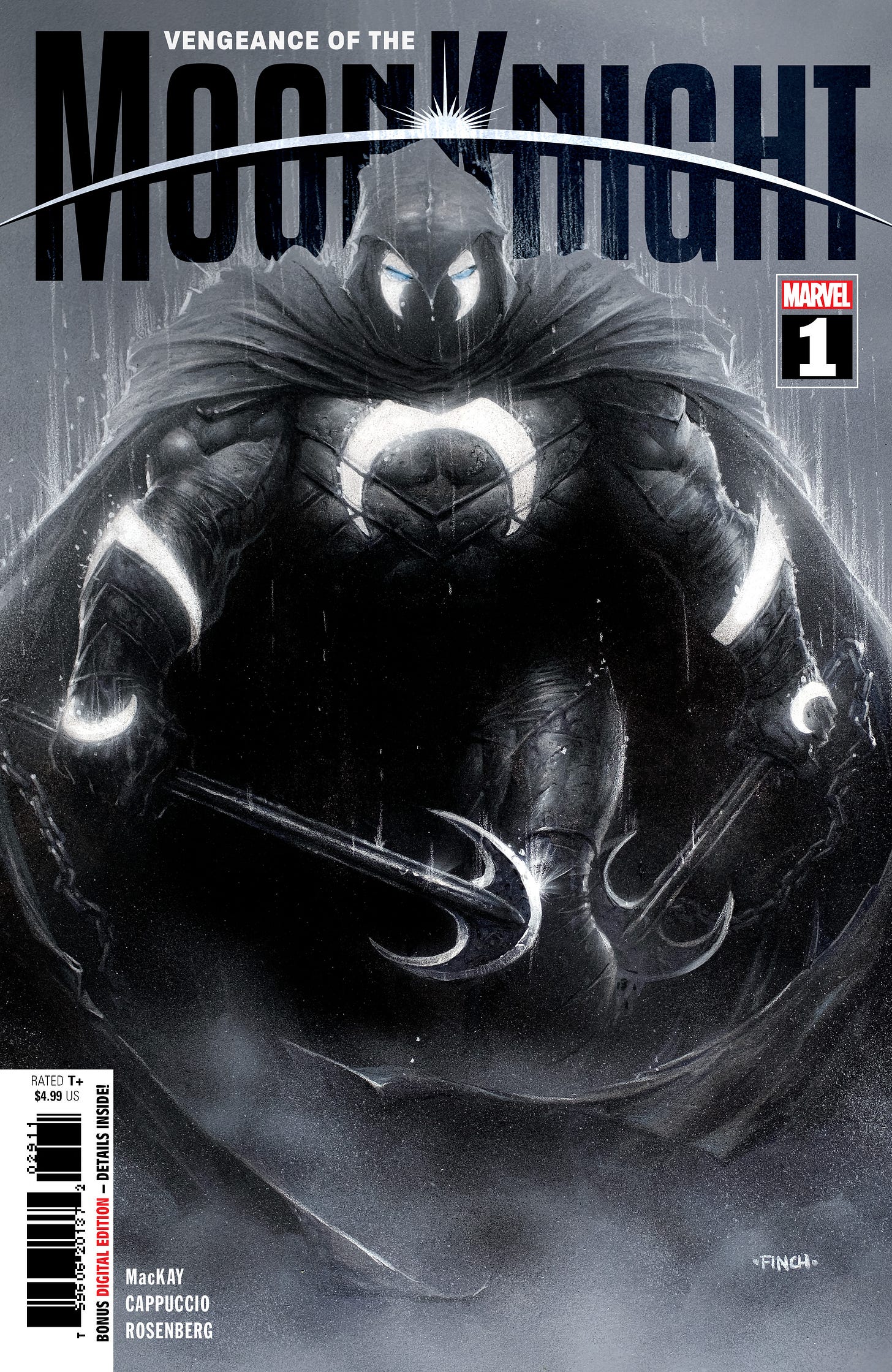



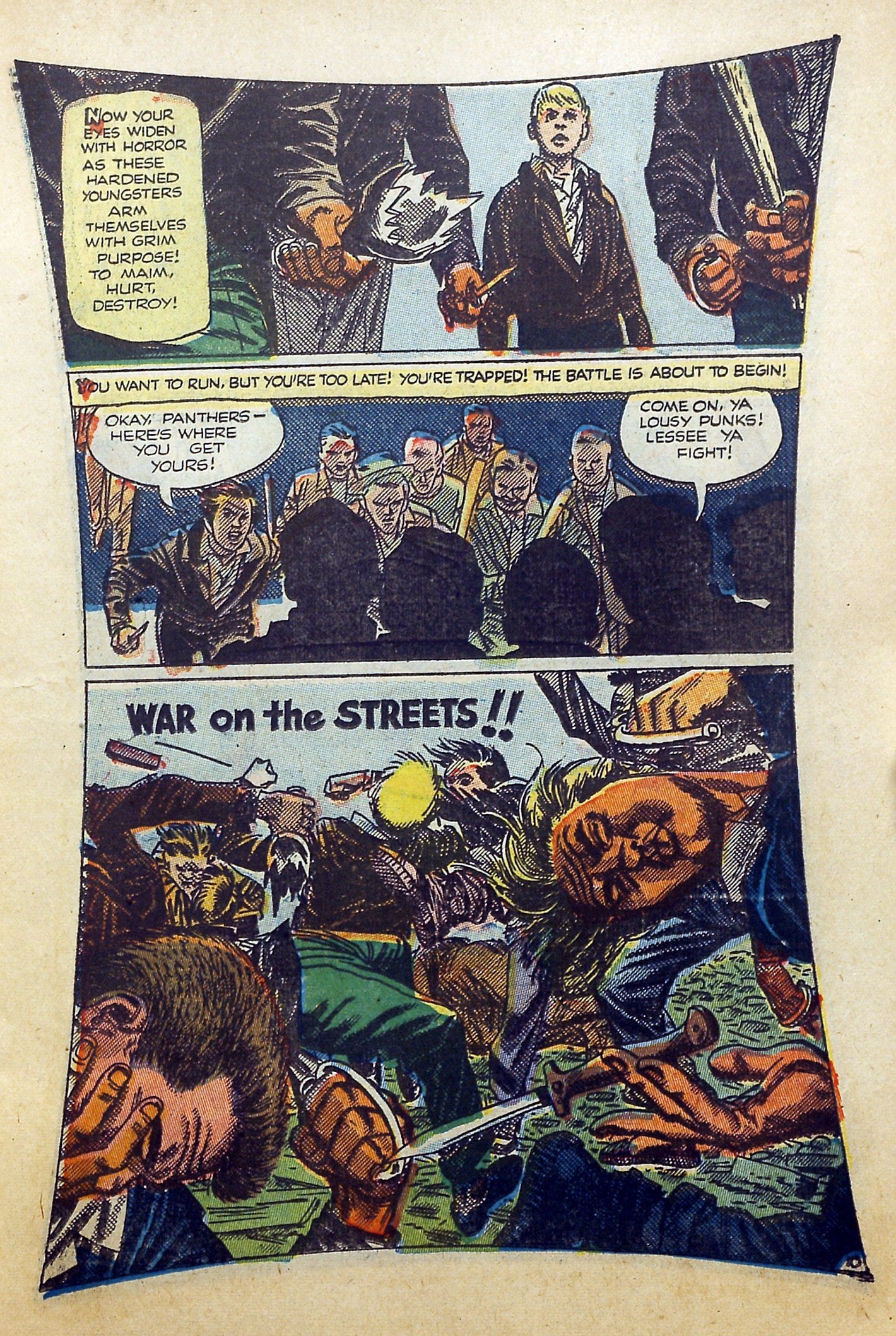
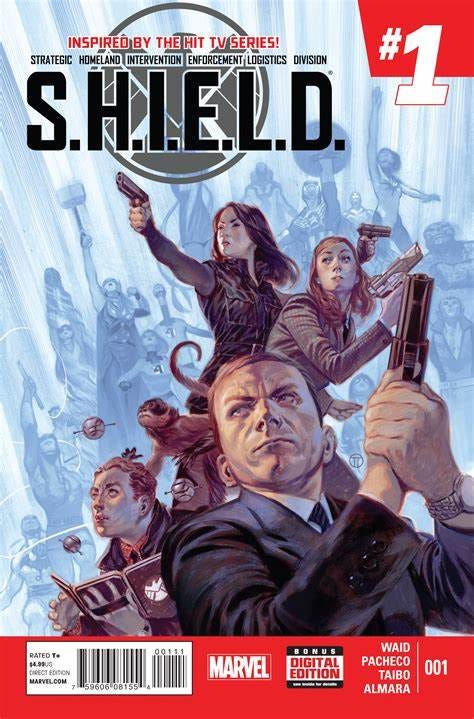
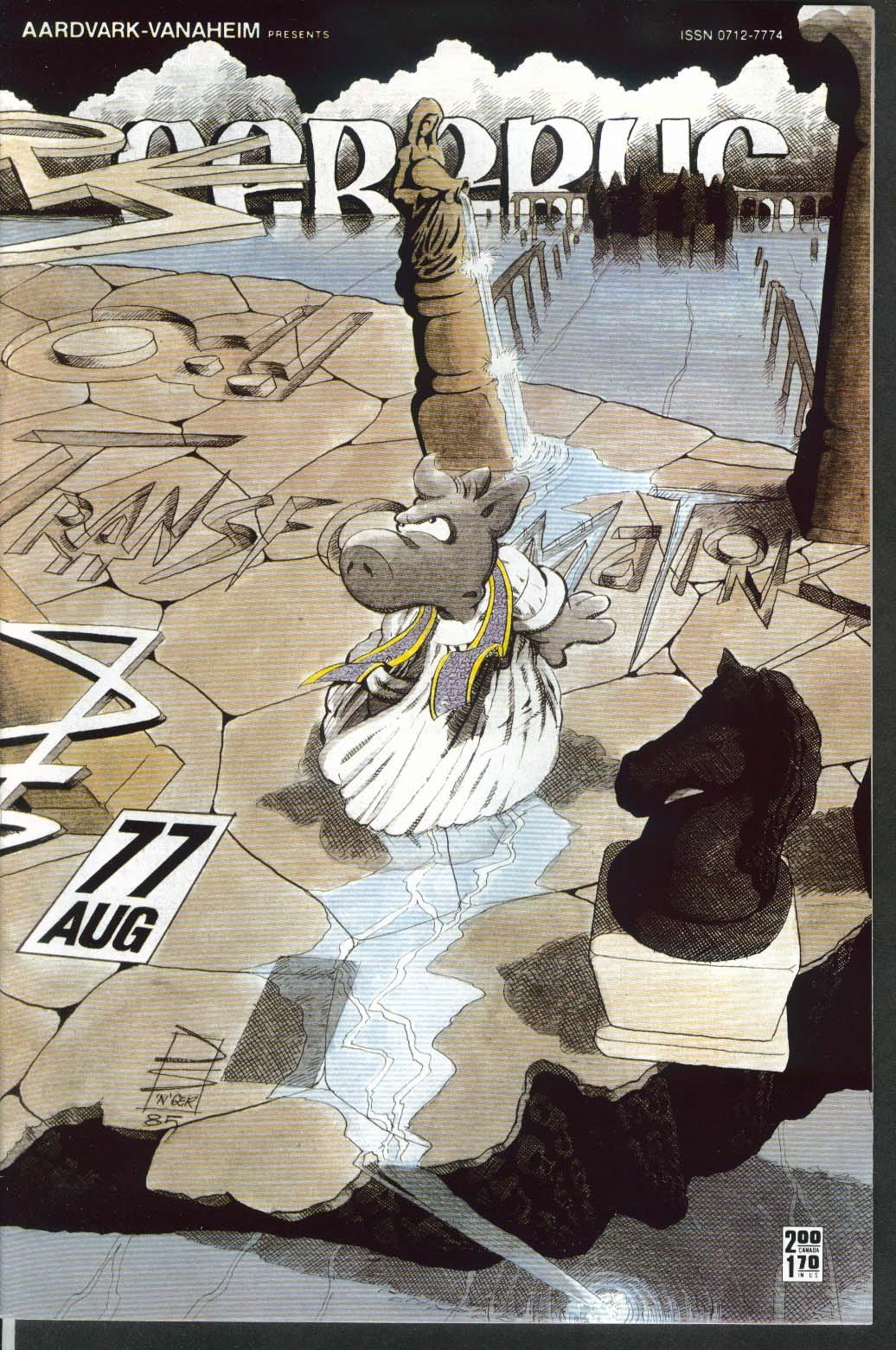


You mentioned Cerebus, where you stuck with the book despite have misgivings about artist Dave Sim. Was there an artist for whom you couldn't separate their beliefs from their output, and had to walk away?
Nice to see appreciations for Sim's Cerebus. Despite the bizarre direction his thinking took later, the series really is remarkable for both its writing and illustration.